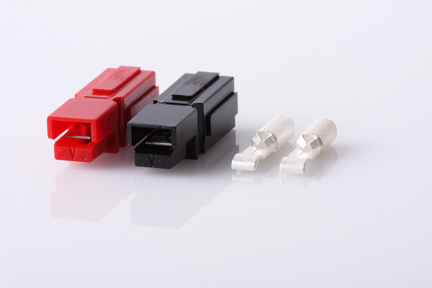TorC
Solar Enthusiast
- Joined
- Jan 13, 2022
- Messages
- 514
@45North: No. Do not abuse USB-C that way, unless you implement full USB-PD, which would mean it can only be used for high-tech things that implement full USB-PD. Failure to heed the foregoing will let out the magic smoke from something expensive sooner or later… and probably on the sooner side.
In this case, implementing USB-PD on both the power receptacles and downstream devices is decidedly counter to what I understand the OP's design goals to be.
ETA: I'll note that abusing USB-A/B/mini/micro/etc.-B for 5V to provide more power than the spec was relatively OK, as A) 5V is 5V, B) Most decent ports (computers in particular) will shut down if too much is demanded of them, and C) having "too much" amperage available isn't a big deal. Hence, despite some quirks and annoyances, it worked and, aside from a few inferior products, we didn't hear about magic smoke escaping. USB-PD involves devices asking for higher voltages that would destroy other devices that must be able to be safely plugged into the port.
In this case, implementing USB-PD on both the power receptacles and downstream devices is decidedly counter to what I understand the OP's design goals to be.
ETA: I'll note that abusing USB-A/B/mini/micro/etc.-B for 5V to provide more power than the spec was relatively OK, as A) 5V is 5V, B) Most decent ports (computers in particular) will shut down if too much is demanded of them, and C) having "too much" amperage available isn't a big deal. Hence, despite some quirks and annoyances, it worked and, aside from a few inferior products, we didn't hear about magic smoke escaping. USB-PD involves devices asking for higher voltages that would destroy other devices that must be able to be safely plugged into the port.
Last edited:



